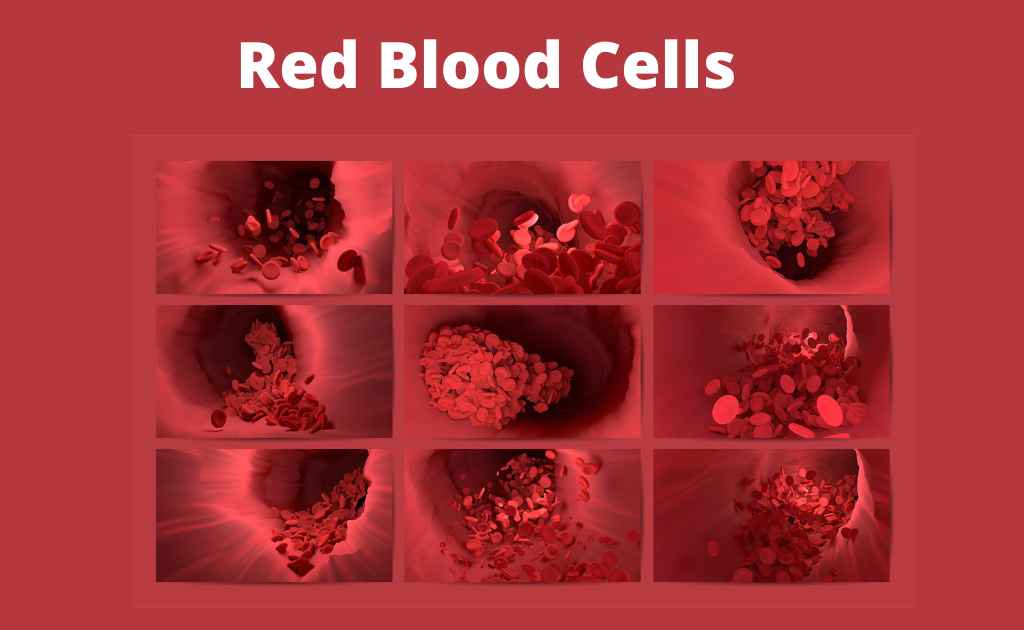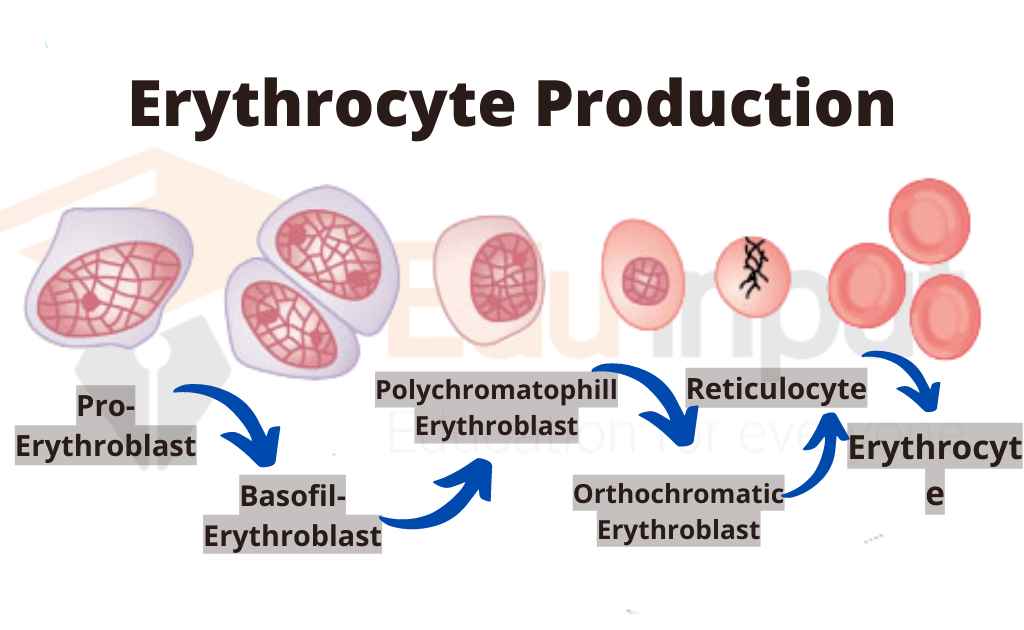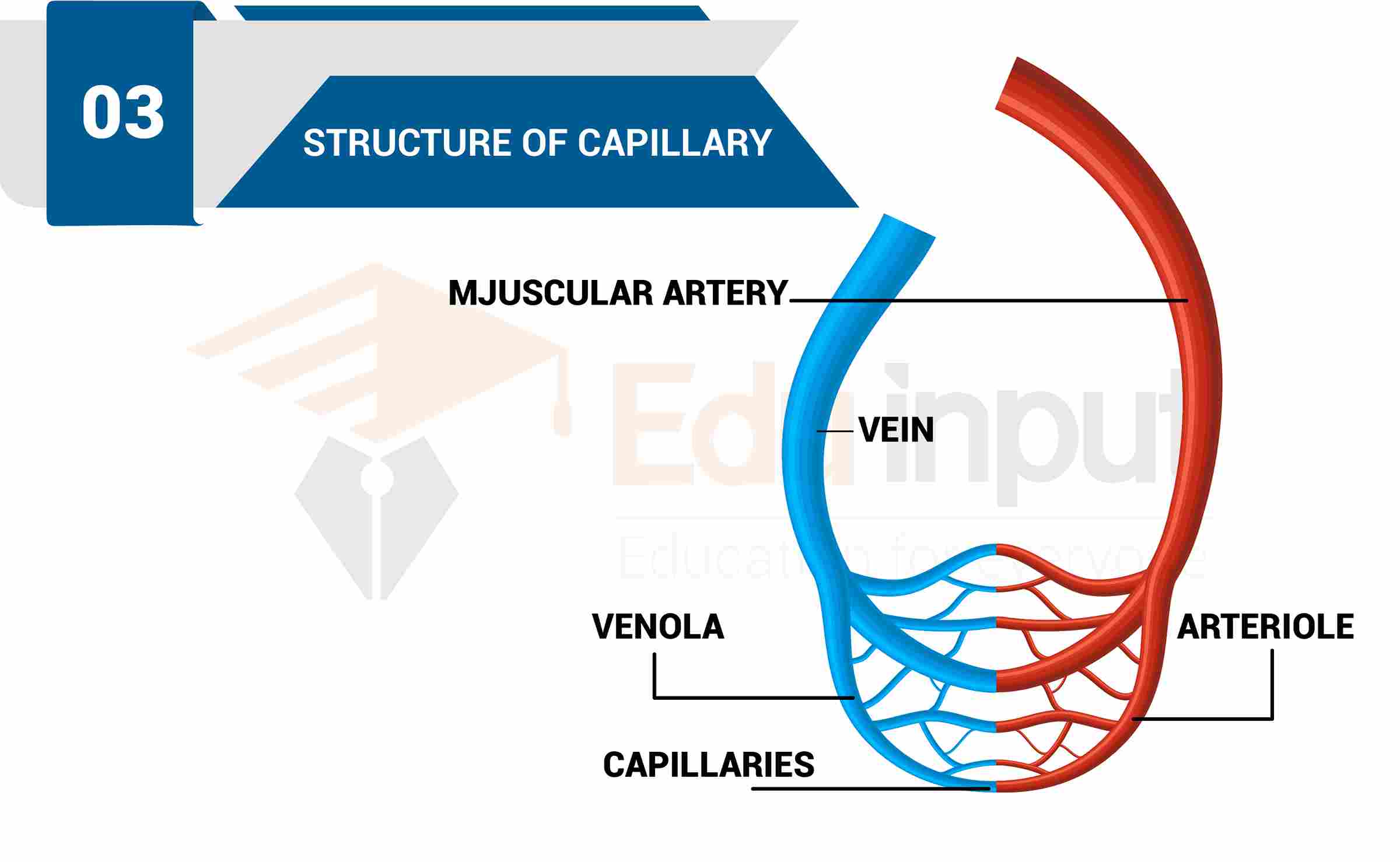Red Blood Cells (Erythrocytes)- Composition, Shape and Function
Red blood cells are the most common blood cell in vertebrates. They contain hemoglobin, an iron-rich protein, which facilitates the capture and transport of oxygen. Red blood cells are relatively flexible and biconcave discs.
Hemoglobin gives red blood cells their characteristic red color. They lack a nucleus and most organelles (mitochondria, Golgi apparatus, lysosomes), to allow for maximum space for hemoglobin. Red blood cells have an average life span of about 120 days in the human body.

Composition of RBC’s
The cell membrane of red blood cells is composed of proteins and lipids . Your body is constantly creating new red blood cells. Every second, your body produces 2 to 3 million red blood cells. That means your body creates 173 to 259 billion red blood cells every day.
Red blood cells are special because they don’t have a nucleus. They don’t have RNA (ribonucleic acid, necessary for protein synthesis). This means that they can’t divide (through mitosis) or produce new protein.
Production of Red Blood Cells
Red blood cells are produced in the red bone marrow that is located inside of bones. The stem cells that are found in the red bone marrow are called hemocytoblasts. These hemocytoblasts give rise to every type of cell that is found in the blood. If a stem cell decides to become a proerythroblast cell, it will turn into a brand new red blood cell.

Shape and Size of RBC’s
They have different sizes, shapes, and numbers in the different vertebrates. The lower vertebrates have larger RBCs than the higher invertebrates. But their number is smaller in lower vertebrates.
RBC’s in Mammals:
The RBCs of most vertebrates are nucleated. But mammalian RBCs are enucleated. Most mammalian RBCs are biconcave disks.
However, the camel and llama have elliptical RBCs. The shape of a biconcave disk provides a larger surface area for the diffusion of a gas.
2. RBC’s in Fishes and Amphibians:
Some fishes and amphibians also have enucleated RBCs. The salamander has the largest RBC. Avian RBCs are oval-shaped and nucleated. They are larger than mammalian RBCs.
3. RBC’s in Bird:
The ostrich has the largest Red blood cell.
Function of RBCs
The entire mass of an RBC consists of hemoglobin. It is an iron-containing protein It transports oxygen. Red blood cells do an important job. Your body is composed of millions of tiny blood vessels, a network of tunnels extending throughout your body.
These blood vessels take oxygen from the air to feed the cells that make up your bones and organs and muscles. Red Blood Cells are tiny construction vehicles that carry the oxygen to where it is needed in your body.
They have the job of ensuring that the oxygen is delivered safely and efficiently while keeping the vital nutrient away from substances that could damage it.
•Oxygenated phase:
The erythrocytes carry oxygen from the environment Oxygen binds to hemoglobin and form oxyhemoglobin. Hemoglobin transports it to body tissues. Blood rich in oxyhemoglobin is bright red. The oxygen diffuses into the tissues.
• Deoxygenated phase: The deoxygenated blood becomes darker. It appears blue in the blood vessel walls. However, when a vein is cut, the deoxygenated
blood is exposed to oxygen. This blood becomes bright red. Hemoglobin also carries waste carbon dioxide in the form of carbaminohemoglobin. This blood is transported to the lungs (or gills). It removes CO₂ from the body.

 written by
written by 



Leave a Reply